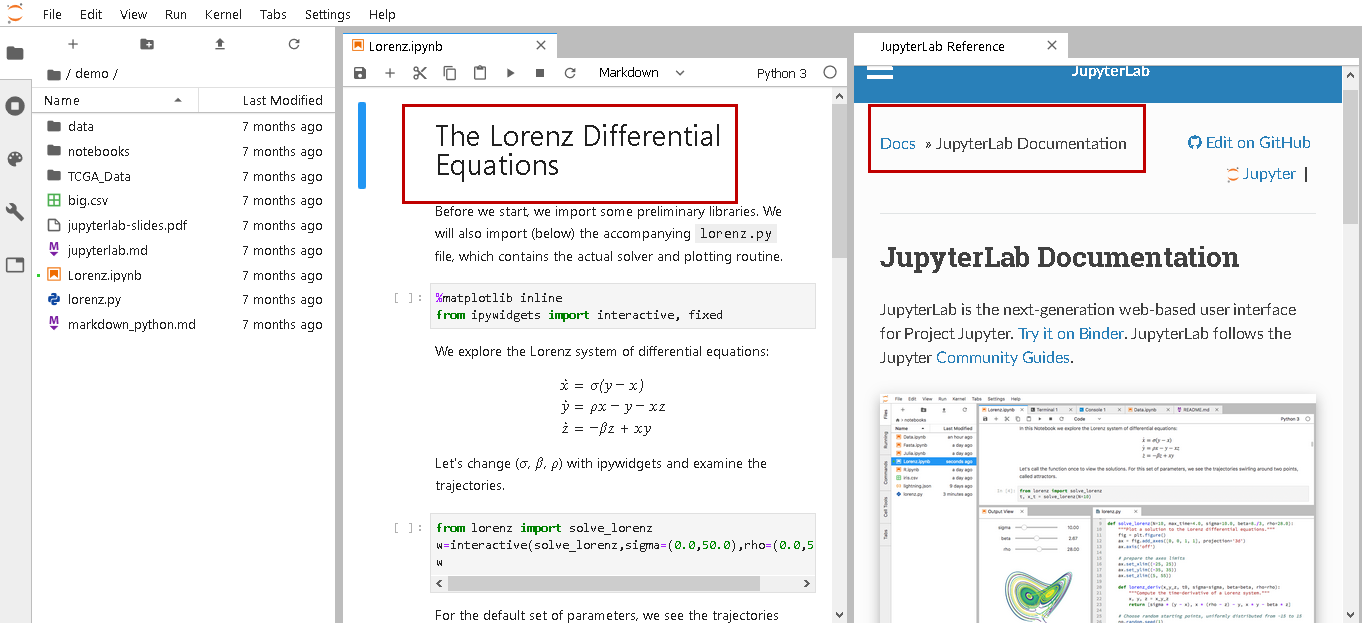

Once the server is ready, you'll be able to click no the "Connect to Jupyter" button.
For Slurm-based work, you'll need to provide the information that you would usually supply when submitting a Slurm job. Fill out the form presented to you and click on "Launch".Choose the appropriate Jupyter Server option to either run as part of a Slurm batch job ("compute via Slurm in Slurm partitions") or (for non-intensive computations) on our standalone Open OnDemand server ("compute on shared Jupyter node").Just after logging in with your BRC username and one-time password (OTP), the initial OnDemand screen presents a welcome screen.Using Jupyter notebooks via the interactive Open OnDemand service ¶ Running a notebook via Open OnDemand ¶ You can also run Jupyter notebooks via the Savio visualization node as described below. Open OnDemand replaces our old (much more limited) JupyterHub service.

Before getting started, make sure you have access to the Savio cluster, as you will need your BRC username and one-time password to log in.Īs described next, you can start a Jupyter notebook via the Open OnDemand service, which allows you to operate completely via your web browser on your local computer (e.g., your laptop). This is an introduction to using these notebooks on Savio. The Jupyter Notebook is a web application that enables you to create and share documents (called "notebooks") that can contain a mix of live code, equations, visualizations, and explanatory text. Resources for working with sensitive data

Securing your computing and storage systems Tips on Providing an Informative Help Request Using Jupyter notebooks via the Savio visualization node Using Jupyter notebooks via the interactive Open OnDemand service Using Jupyter Notebooks, RStudio, and Other Open OnDemand Apps Running MATLAB jobs across multiple nodes Transferring Data Between Savio and Box or bDrive Using SFTP with the BRC Supercluster via Filezilla Using Globus Connect with the BRC Supercluster Making files accessible to group members and other Savio users


 0 kommentar(er)
0 kommentar(er)
